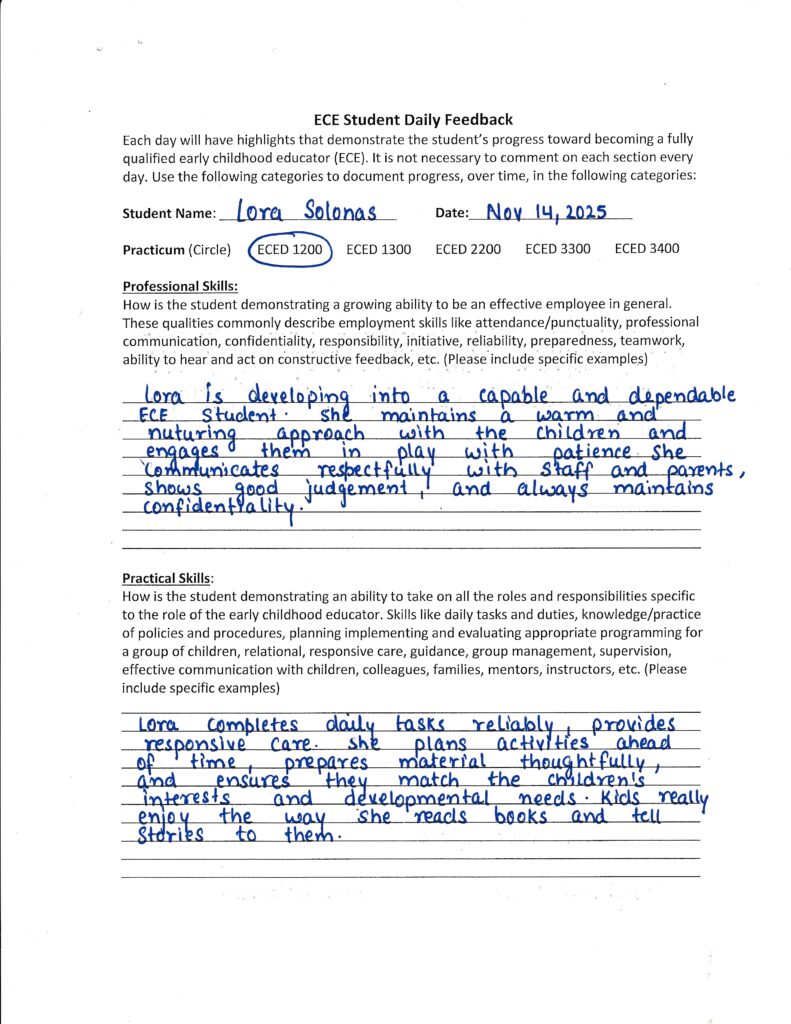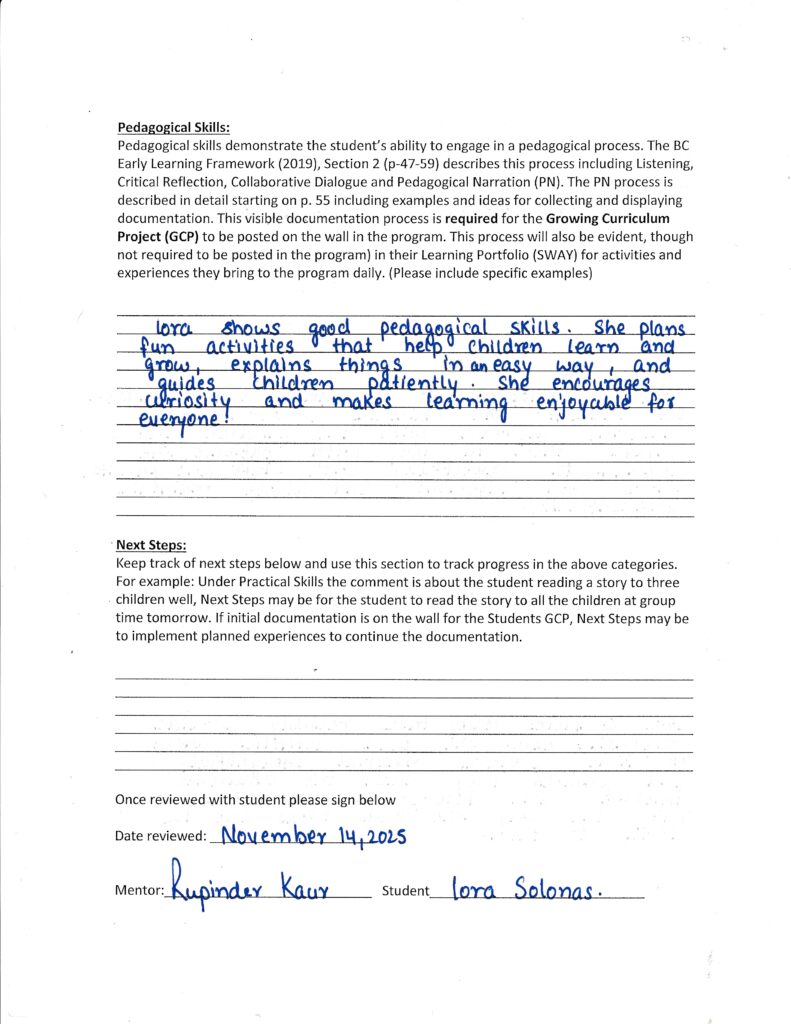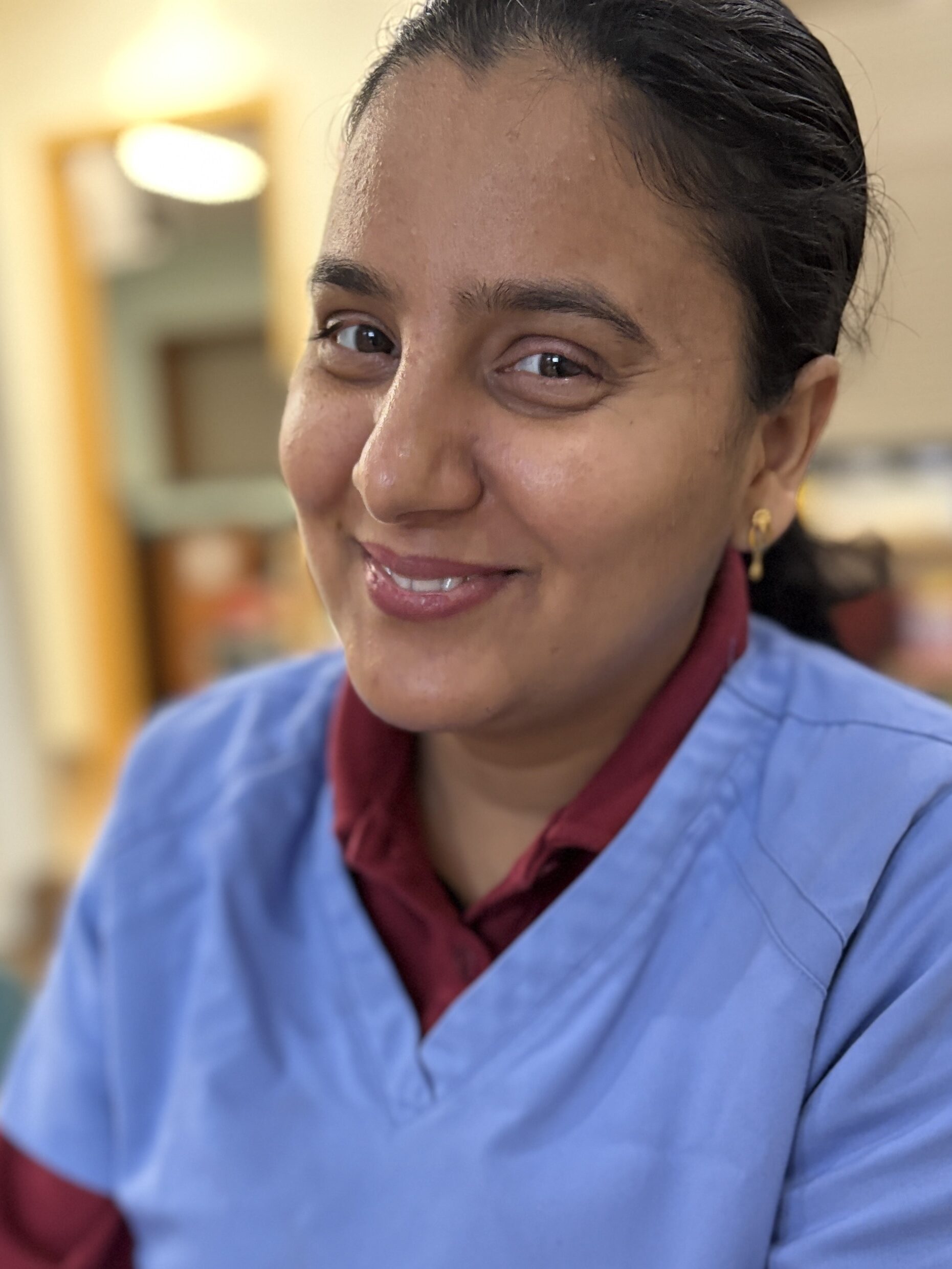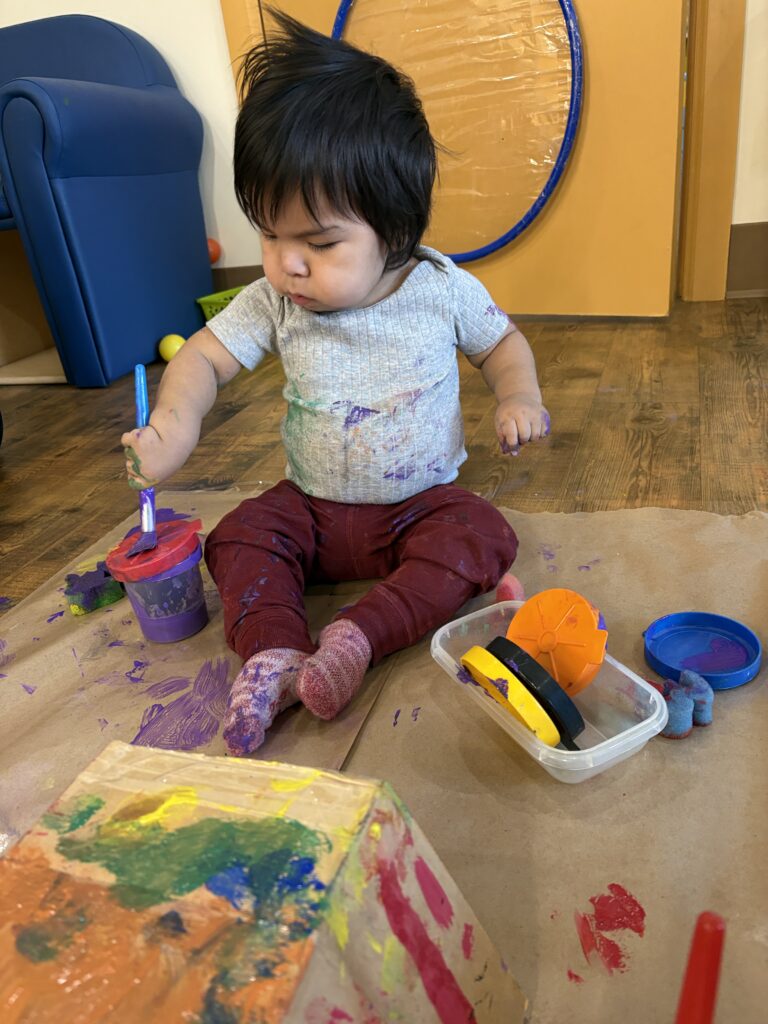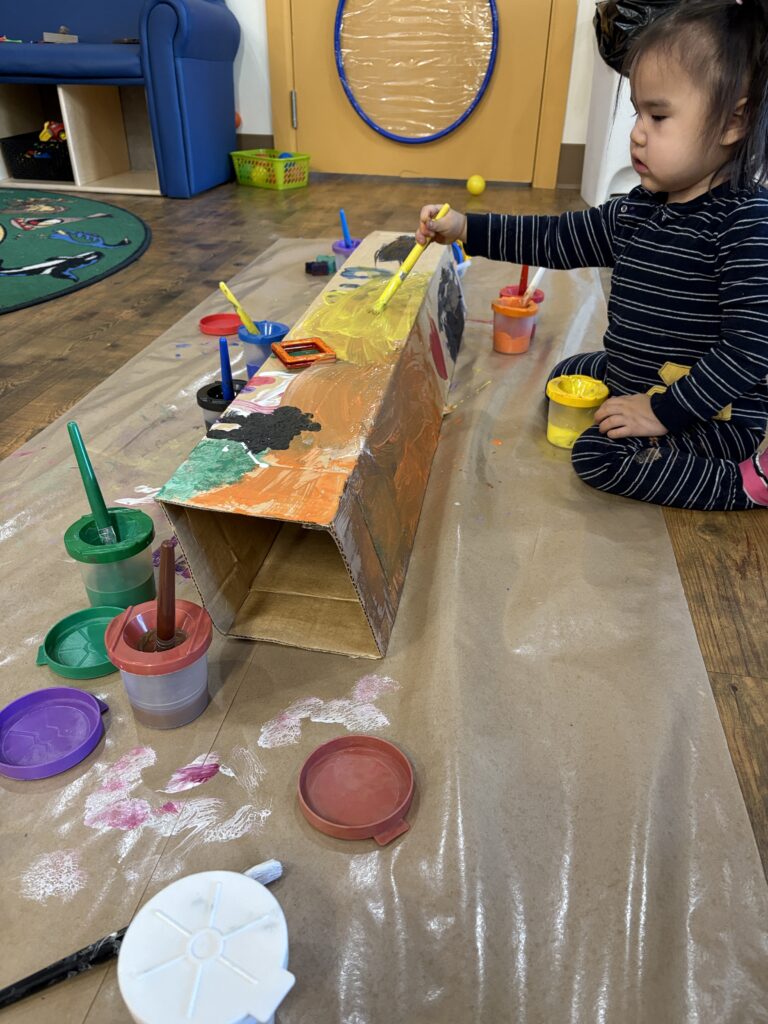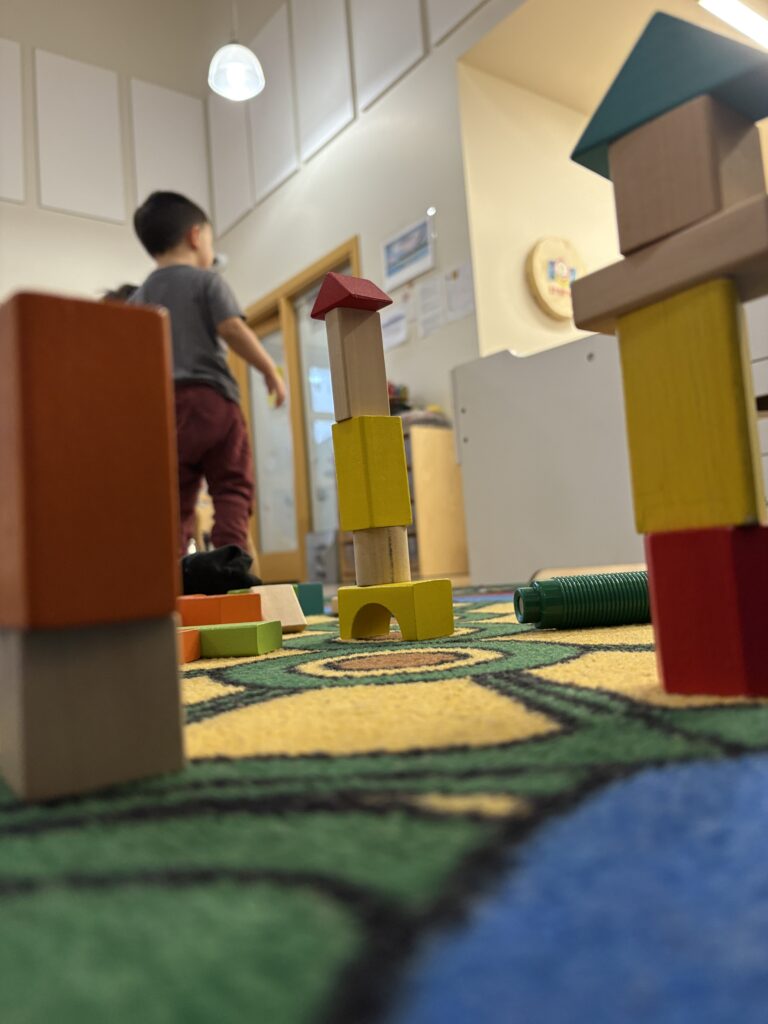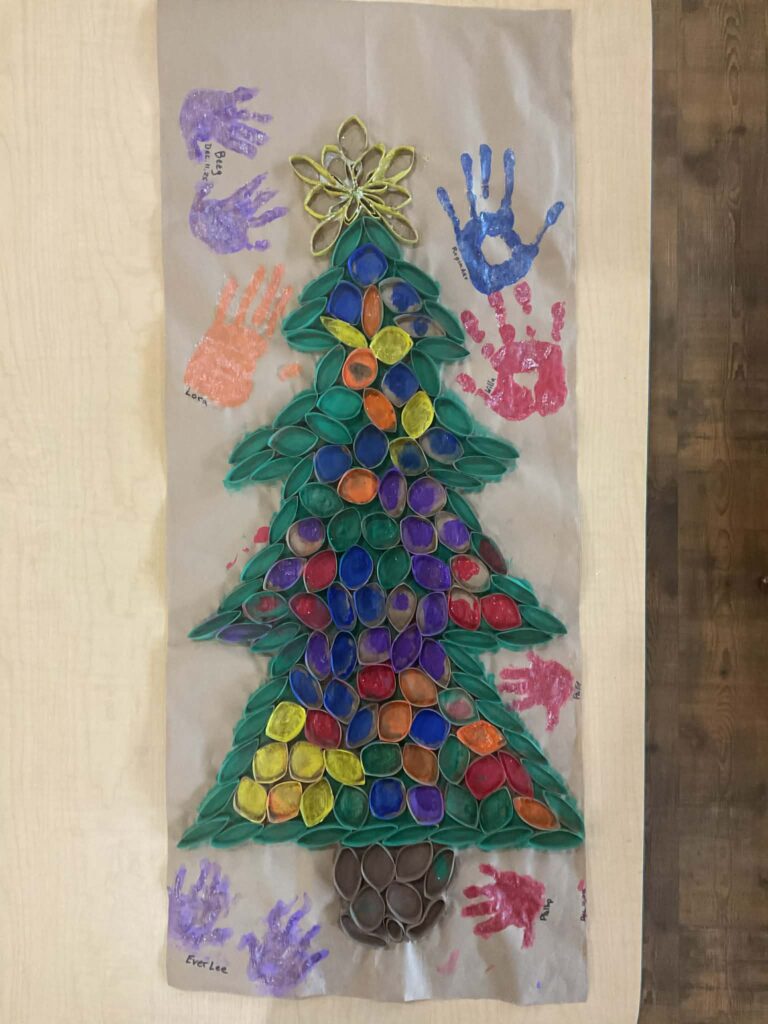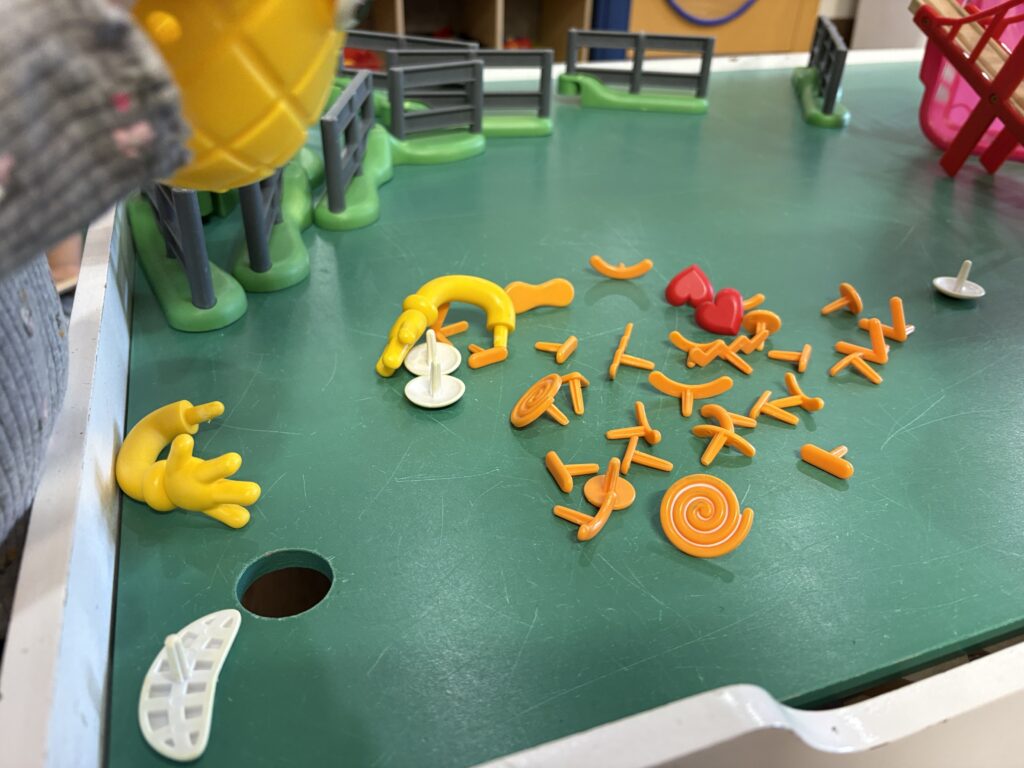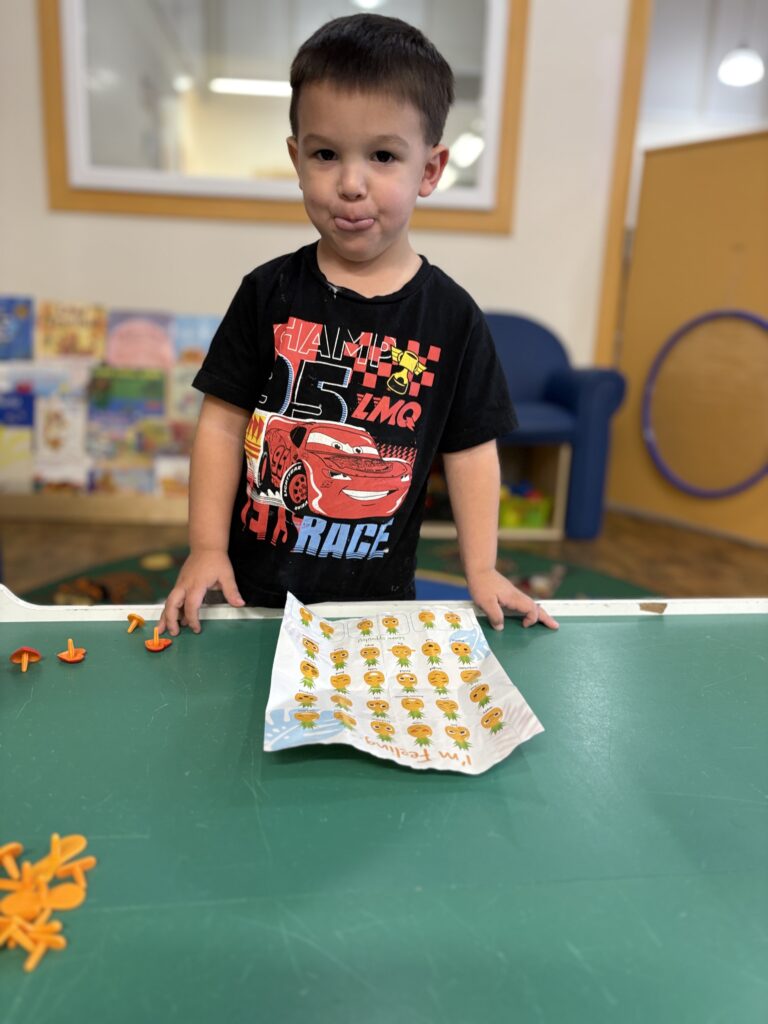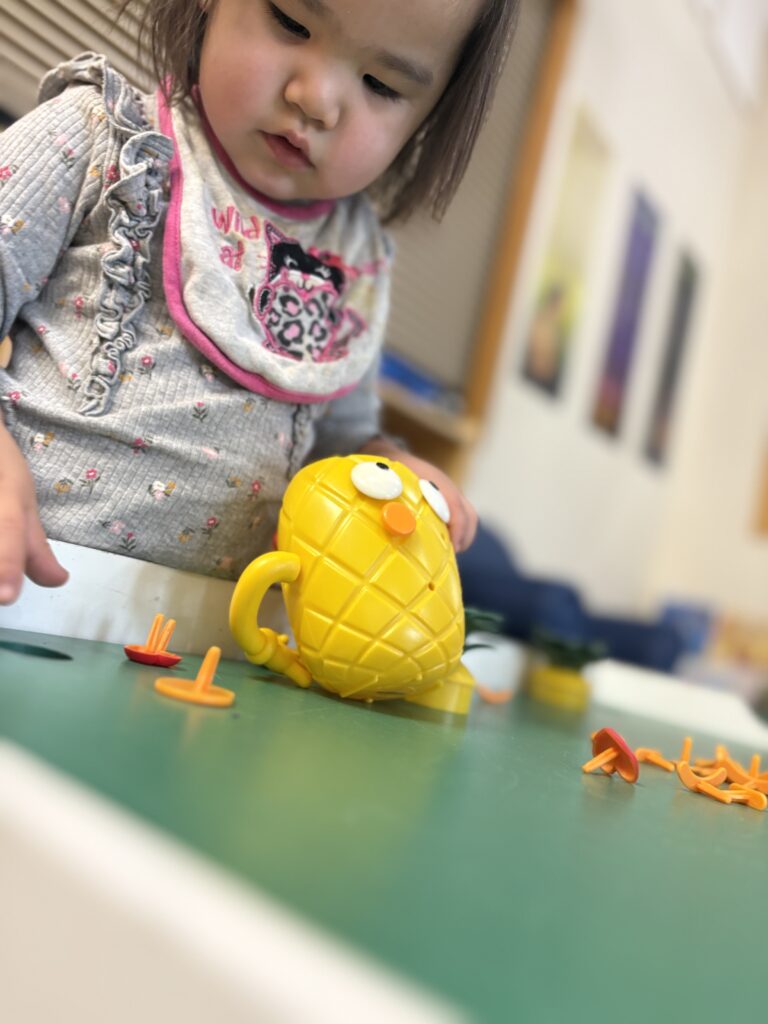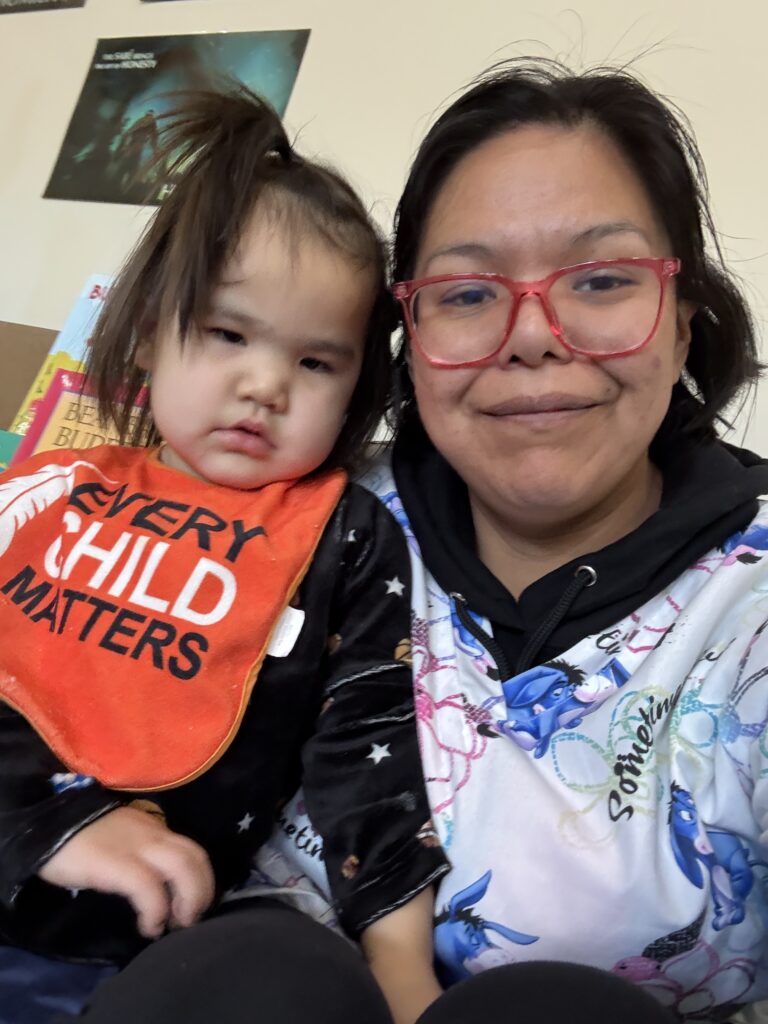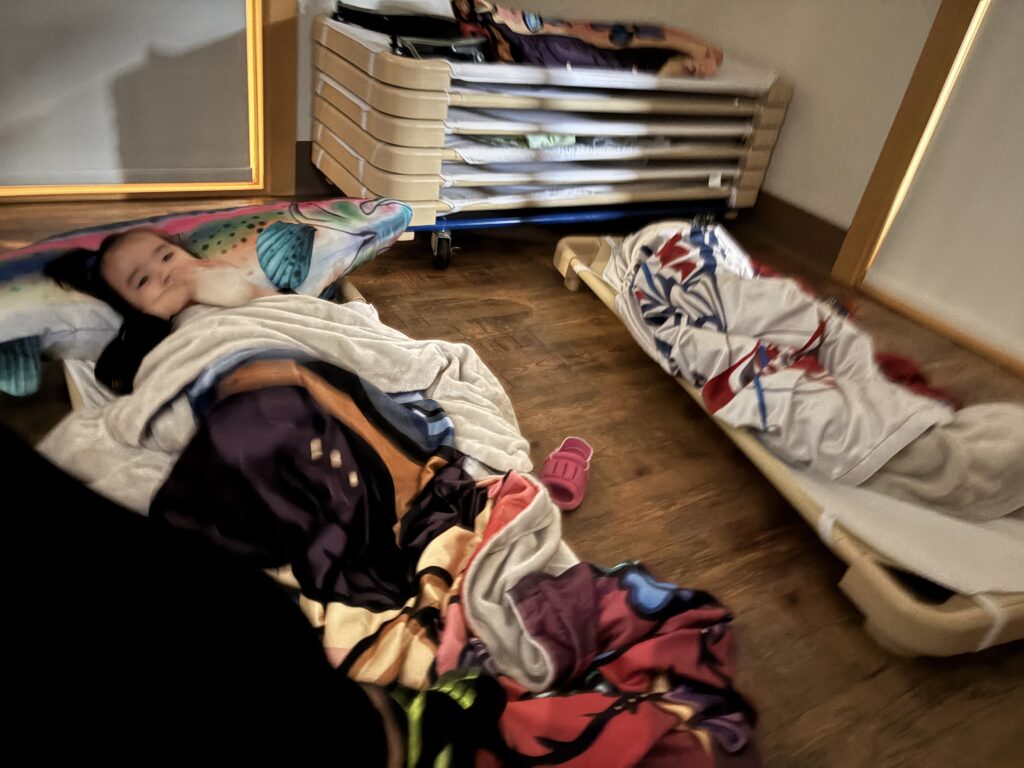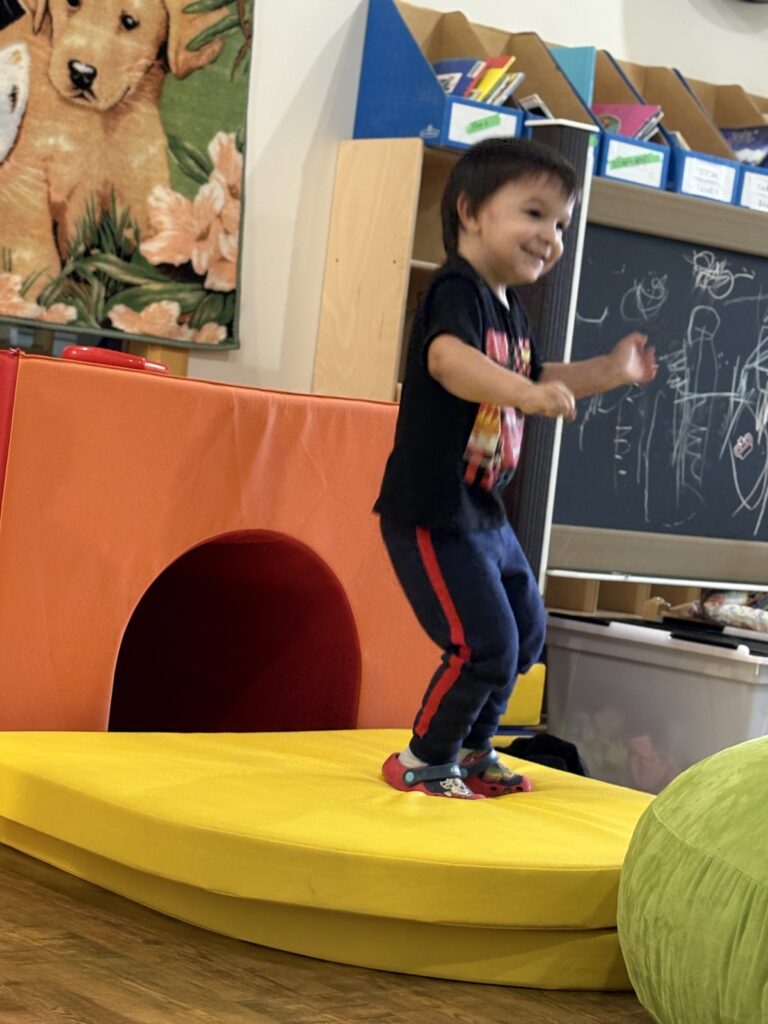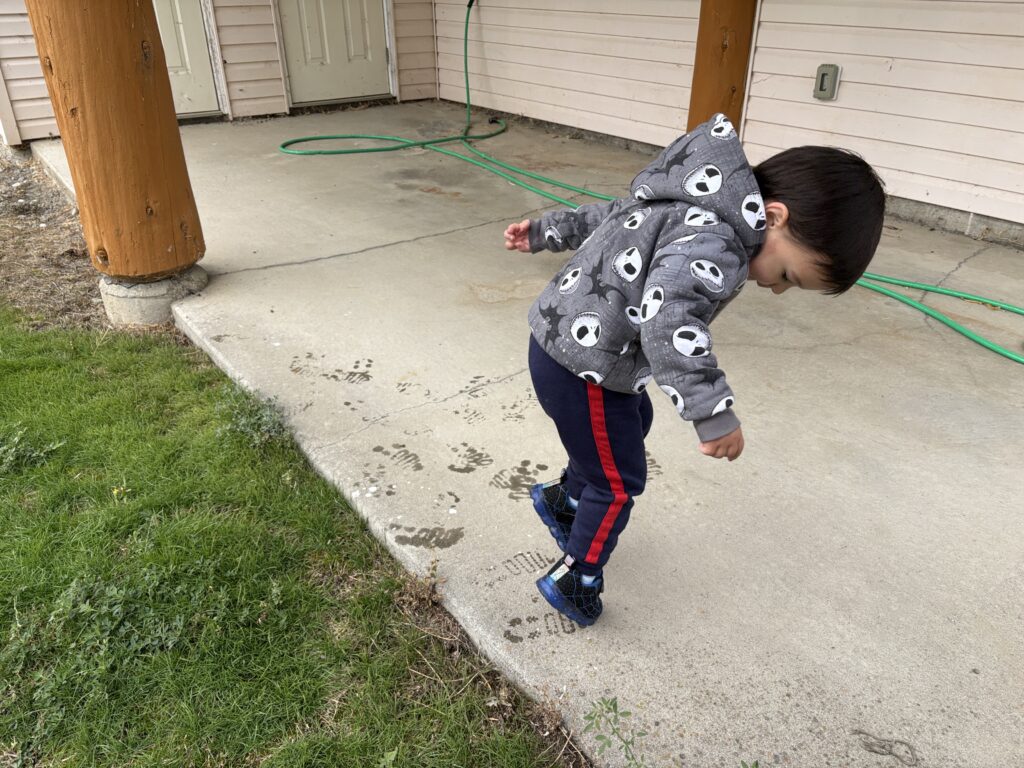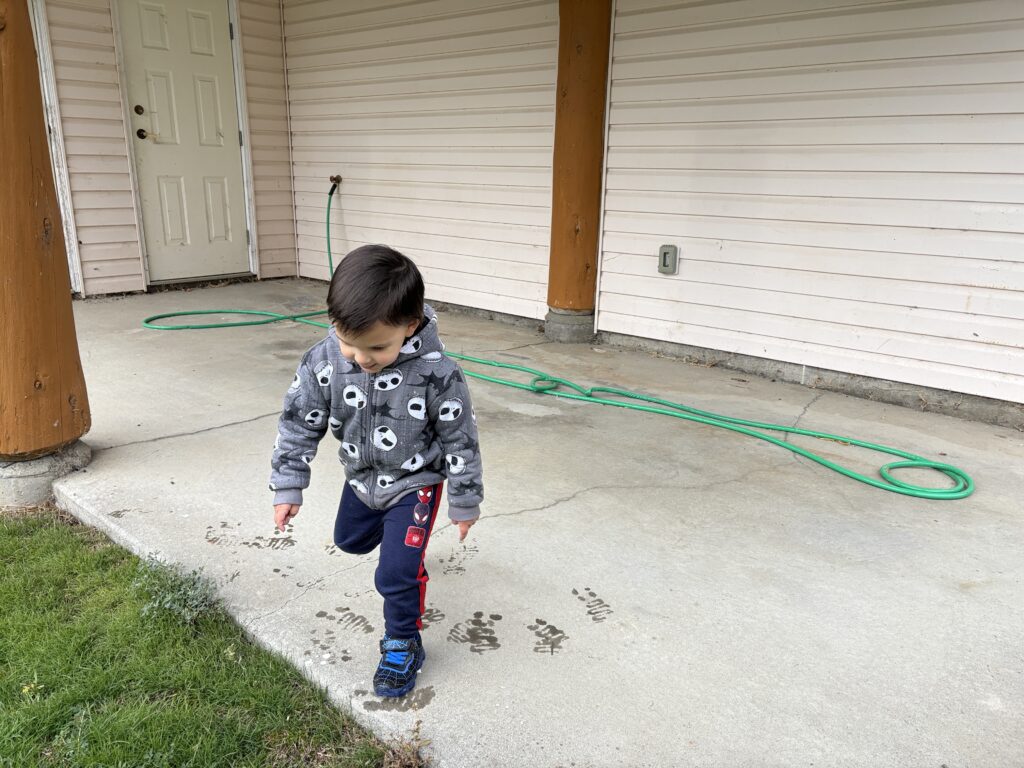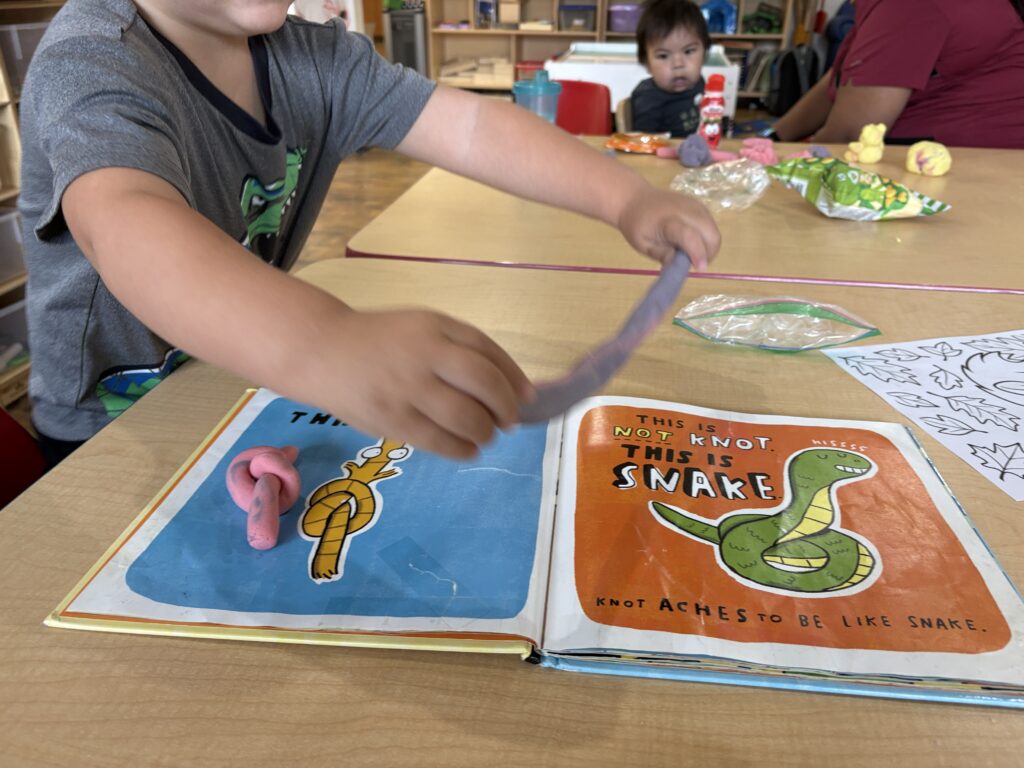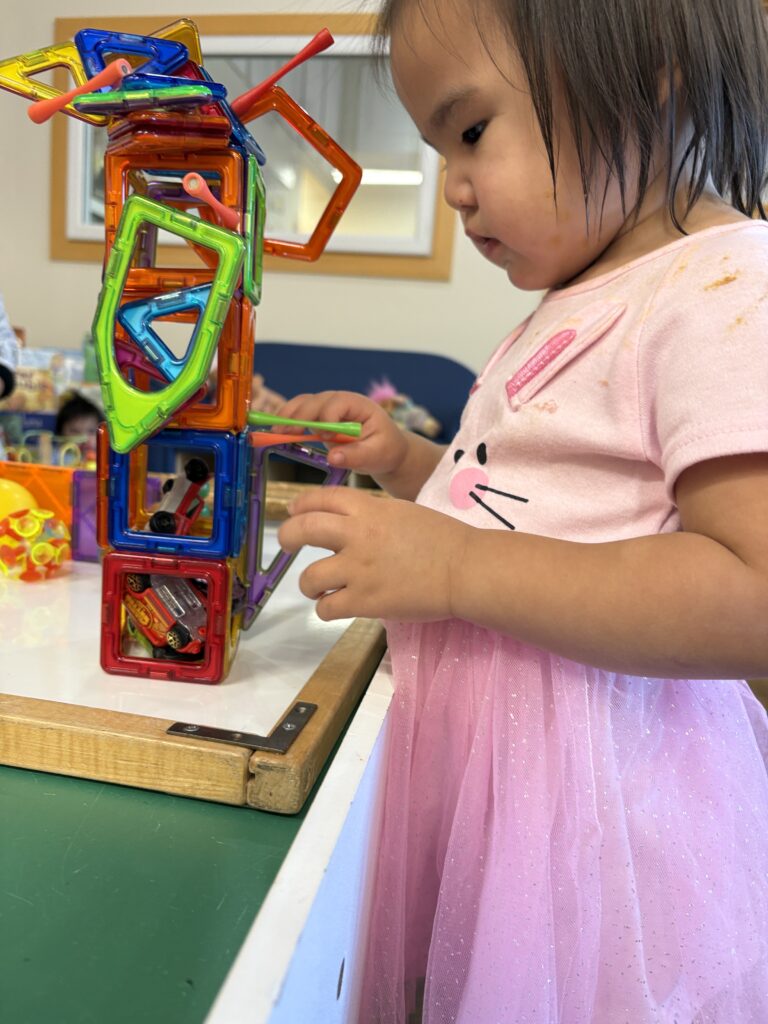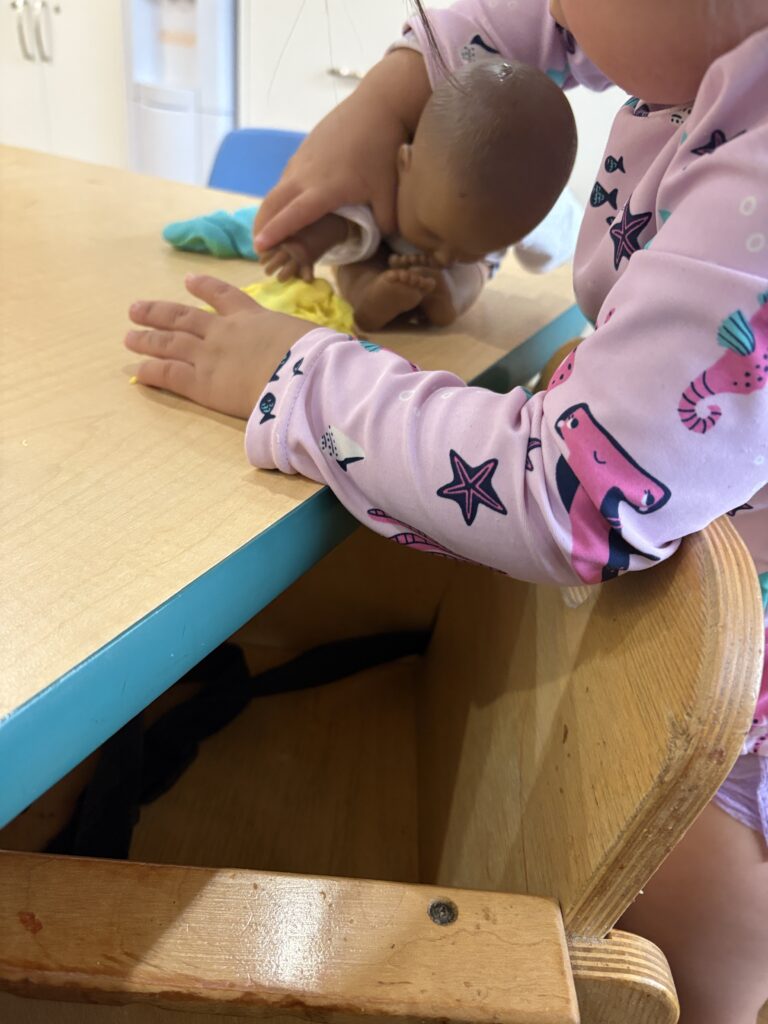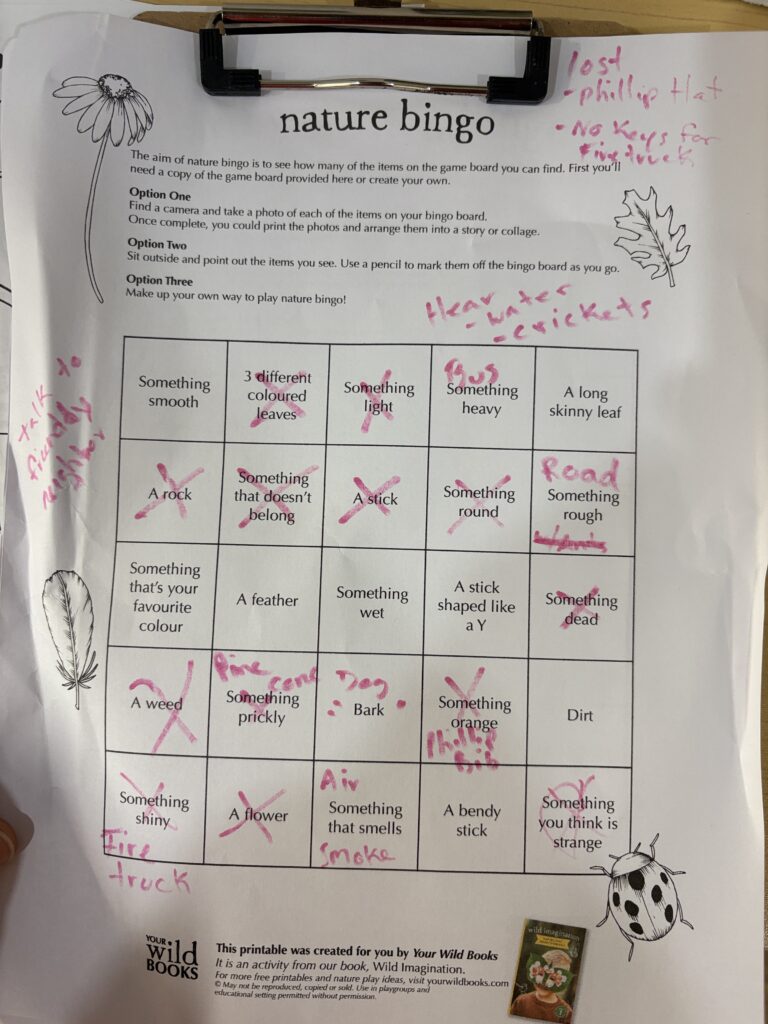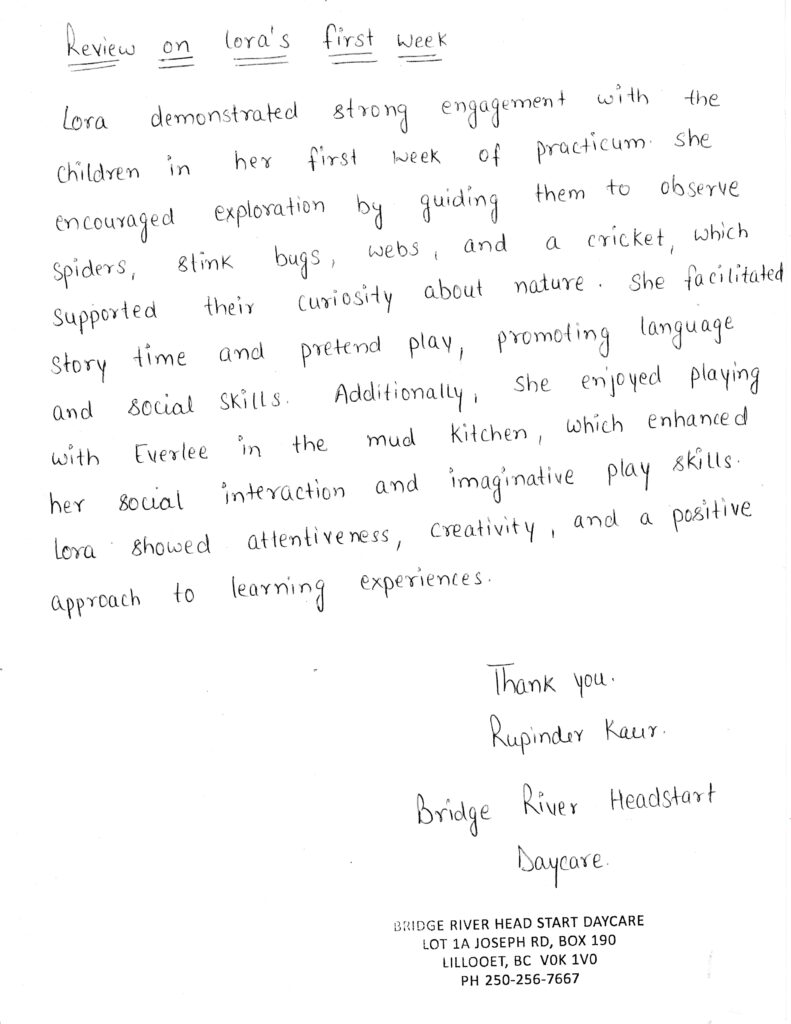
Receiving feedback from my mentor during my practicum was both encouraging and meaningful. In my first week back, I demonstrated strong enjoyment and engagement with the children, which reminded me how important genuine connection is in early learning environments. I supported children’s curiosity about nature by guiding them as they explored spiders, stink bugs, and webs. These moments allowed the children to observe closely, and develop a deeper appreciation for the natural world.
Overall, my mentor recognized my attentiveness, creativity, and positive approach to learning experiences. This feedback reassured me that I am building strong relationships with the children and creating meaningful learning opportunities. As I continue my journey in Early Childhood Education, I look forward to growing my skills while remaining curious, reflective, and child-centered in my practice.
During Week 2 of my practicum, I actively engaged the children in a variety of indoor and outdoor learning experiences. Outdoors, by biking and racing alongside B. Using playful countdowns helped motivate participation while supporting turn-taking, confidence, and gross motor skills in a fun and engaging way.
Indoors, I facilitating interactive felt stories, including Circle of Life and What’s in a Seed. These activities supported in early storytelling, and language development while inviting the children to participate, ask questions, and make connections. I also guided a nature walk scavenger hunt, which promoted curiosity, observation, and a growing awareness of the environment.
In addition, I supported creative expression through coloring activities to explore their interests while developing fine motor skills and self-expression. Overall, this week strengthened my confidence in planning engaging, play-based activities that support children’s development across multiple learning areas.
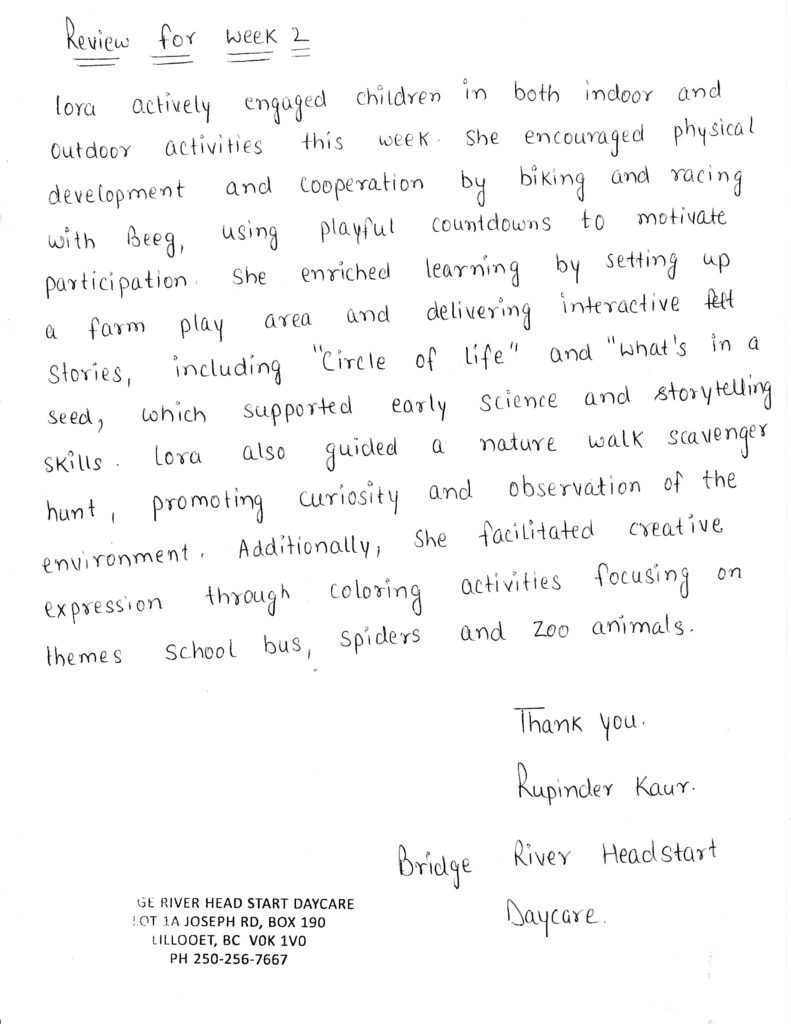
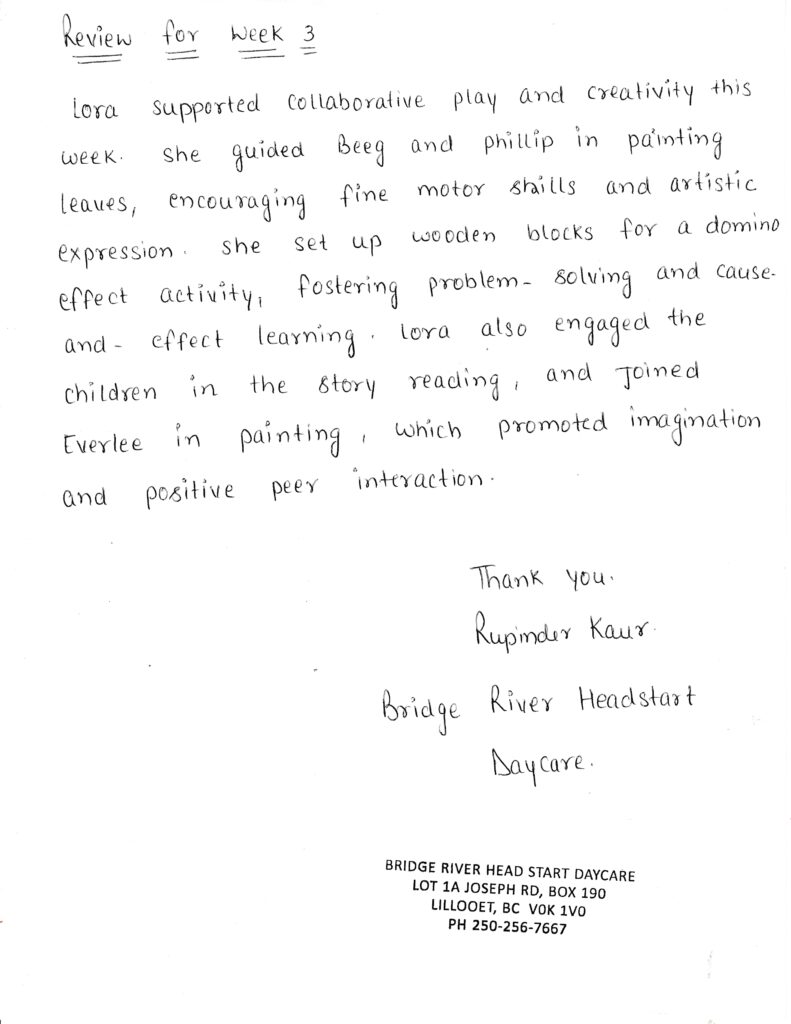
During Week 3 of my practicum, I supported collaborative play and creativity through a variety of hands-on learning experiences. Encouraging fine motor development, sensory exploration, and artistic expression in these activity also created opportunities for shared conversation and cooperation as the children worked alongside one another.
I set up a wooden block activity focused on creating a domino effect, which fostered problem-solving skills and an understanding of cause and effect. The children demonstrated curiosity and persistence as they experimented with placement and movement.
Overall, Week 3 highlighted the importance of learning through play, collaboration, and responsive interactions, strengthening my confidence as an Early Childhood Education student
Rupinder’s feedback affirmed my growth as a capable and dependable ECE student. Being recognized for my warm nurturing approach, trusting relationship and creating a safe environment where the children feel comfortable to explore and play. Planning activities ahead of time and preparing materials thoughtfully has helped me create meaningful experience that align with children’s interests and developmental needs. I was grateful to hear that children enjoy the way i read books and tell stories. Rupinder also recognized my developing pedagogical skills, noting that i plan fun and engaging activities that support learning while guiding children patiently. This feedback reflects the importance of being present, thoughtful, and responsive in daily interactions. As I continue to grow as an Early Childhood Education student, I will carry these strengths forward while remaining reflective and open to learning, always keeping children’s well-being and development at the center of my practice.
